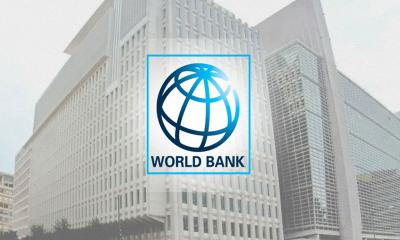The Grantham Research Institute on Climate Change and the Environment has predicted more intensive floods in coming days in Bangladesh in a policy brief lilted “Tackling flooding in Bangladesh in a changing climate” on Wednesday.
This institute was established by The London School of Economics and Political Science to conducts policy-relevant research and training on climate change and the environment.
“Extreme flood events submerge 55-56 per cent of land area of Bangladesh while 20-25 per cent land area in a year in general.
The magnitude of peak river flow could increase by 36 per cent on average under a high carbon emissions scenario and by 16 per cent under a low-emissions scenario by 2070–2099 relative to 1971–2000, the policy brief predicts.
They identified multiple climatic causes including changing rainfall patterns, increase of flash flood, rising sea levels and accelerated glacial melting are behind the increase of river flow and the flood risk.
Loss and damages
The brief claimed, “Nearly 60 per cent of Bangladesh’s population is exposed to high flood risk, a higher proportion of the population than in any other country in the world other than the Netherlands.
Around 45 per cent population are exposed to high fluvial flood risk, the highest in the world.
Climate change is exacerbating this risk and causing damage with an increasingly high financial and humanitarian cost. The 2022 flood alone damaged worth $1 billion and affected 7.3 million people.
The Asian Development Bank estimates that in 2014 alone, flood-related damages cost the Bangladesh economy approximately $2.2 billion, equivalent to 1.5 per cent of its GDP.
Why is flood risk in Bangladesh so high?
The probability of extreme pre-monsoon rainfall over north-eastern Bangladesh has doubled due to climate change. With rainfall becoming erratic and increasing in intensity, rivers are rising above safe levels more often, with increasing river discharge and greater inundation depth.
A warmer atmosphere can hold more moisture, which can result in a higher intensity of rainfall, in turn increasing the risk of flash flooding.
The sea level rise experienced as a result of global warming is increasing the duration of floods and the size of the flooded area in low lying Bangladesh, due to the backwater effect of the sea.
A rise in sea level of 0.53 metres under 1.5 degree to 2 degree Celsius rise of global warming by 2100 since pre-industrial period is predicted to result in 16 per cent of the land area in Shariatpur and 7.4 per cent of the land area in Chandpur being permanently submerged.
The acceleration of glacial melting in the Himalaya-Tibetan Plateau is increasing the Ganges and Brahmaputra flows, another potential driver of increased flood risk.
Under a low-emissions scenario, by 2030, water flow during extreme floods is projected to increase by 27 per cent in the Ganges, 8 per cent in the Brahmaputra and 15 per cent in the Meghna Rivers, compared with the 1986–2005 baseline.
Under a high emissions scenario, these increases are projected to be 54 per cent, 63 per cent, and 81 per cent, respectively.
Barriers and the needs
Insufficient knowledge about vulnerabilities and local needs; a lack of capacity in local institutions and governance issues, and poor access to funding for investment in adaptation are the barriers to implementing more effective flood risk management in Bangladesh, the policy brief identified.
“Governance of flood and disaster risk could be improved through needs assessments, more community participation, better coordination between government and non-governmental organisations, and between government agencies themselves, the policy brief suggest.




-20251226051932.jpeg)
-20251222051606.jpeg)
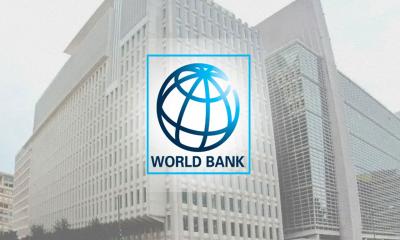
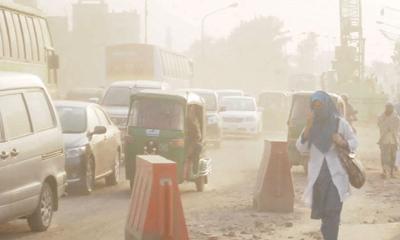
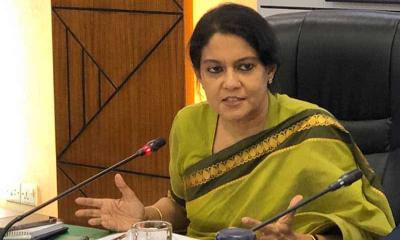



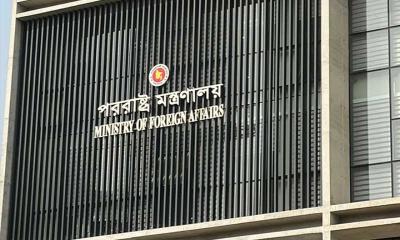


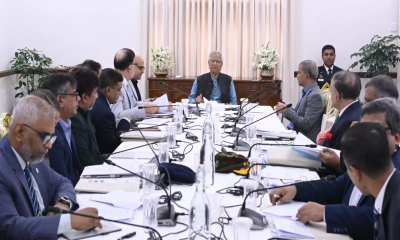



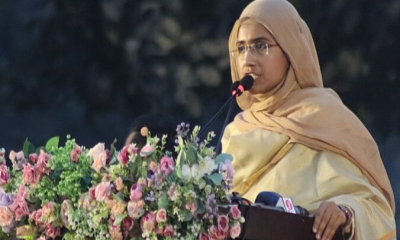
-20251228081915.jpg)
-20251228081840.jpeg)





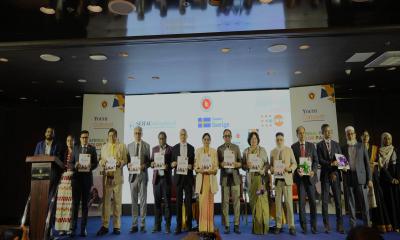
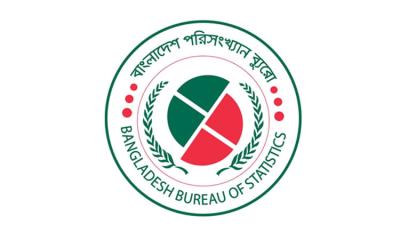
-20251227141313.jpeg)








